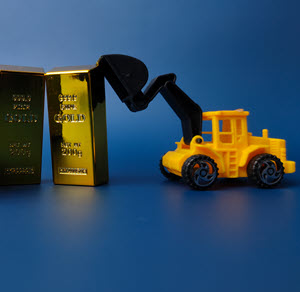
When most people think of trading, they imagine stocks, bonds, or even digital assets like cryptocurrencies. Yet long before any of these came into existence, commodities formed the backbone of global trade. From ancient barter systems to today’s sophisticated exchanges, commodities have stood the test of time and remain one of the most reliable and influential asset classes. They continue to serve as the gateway for many traders who want to understand and succeed in daily markets.
Commodities are essentially the raw materials that fuel the global economy. They include energy resources such as oil and natural gas, precious and industrial metals like gold, silver, and copper, as well as agricultural products and livestock. Unlike manufactured goods, commodities are interchangeable and universal, which makes them vital for industries and daily life. A barrel of oil, an ounce of gold, or a bushel of wheat is the same no matter where it is produced, and this uniformity has allowed them to play a central role in trade for thousands of years.
Their history as tradable assets stretches back millennia. In ancient civilizations, people exchanged salt, spices, and metals, long before money took the form we recognize today. The establishment of organized markets brought greater structure to this system, with one of the earliest examples being the Chicago Board of Trade, founded in 1848. Such exchanges helped standardize contracts, improve transparency, and reduce the uncertainty of trading physical goods, setting the stage for the modern commodity markets we know today.
In the present day, commodities remain just as important, not only for economies but also for traders seeking opportunities in daily markets. Their prices are influenced by a wide range of factors: energy costs shift with geopolitical tensions, agricultural prices fluctuate with weather patterns, and metals often rise or fall with industrial demand and economic growth. This constant movement creates fertile ground for active traders who look to capitalize on short-term swings while also learning how global events ripple through markets.
Trading commodities today is far more accessible than it once was. Physical ownership of oil barrels or gold bars is no longer required to participate. Instead, traders can engage through futures contracts, options, exchange-traded funds (ETFs), or even contracts for difference (CFDs), depending on the platform they use. Futures remain the cornerstone of commodity trading, allowing participants to speculate on the future price of resources or to hedge against potential risks. On the speculative side, daily traders often use these instruments to profit from price volatility without ever handling the physical goods.
What makes commodities so attractive to traders is their combination of liquidity and volatility. Oil prices can rise or fall dramatically based on OPEC decisions or geopolitical conflicts. Gold tends to surge during economic crises as investors seek a haven. Agricultural commodities can see abrupt movements following weather disruptions or supply chain issues. These dynamics provide daily traders with a wealth of opportunities to enter and exit the market, sometimes within hours or even minutes, depending on their strategy.
At the same time, trading commodities requires discipline and knowledge. Prices are driven by fundamentals such as supply and demand, but also by macroeconomic factors like inflation, currency fluctuations, and international politics. Successful traders often blend technical analysis with an understanding of these global trends, making commodities one of the most intellectually engaging markets.
Perhaps the greatest strength of commodities lies in how closely they mirror the real economy. Every rise in oil prices, every shortage of wheat, and every surge in demand for copper tells a story about global supply and demand. For traders, engaging in commodity markets means not only participating in financial activity but also developing a deep understanding of how the world works. This connection between raw resources and market dynamics makes commodities a true gateway to trading success.

